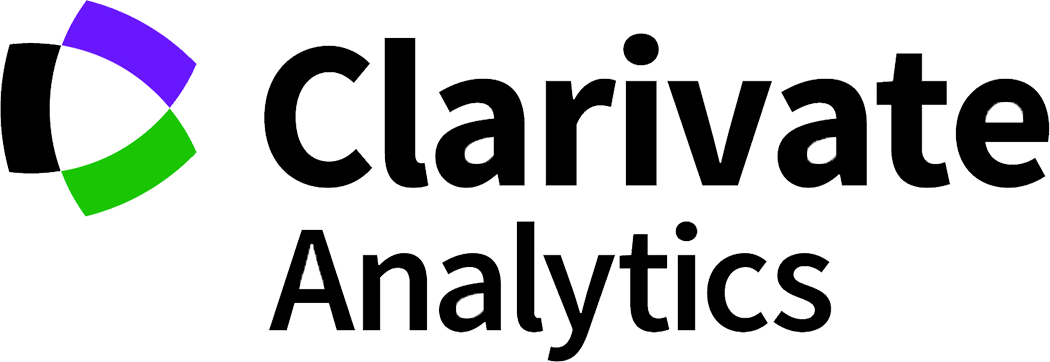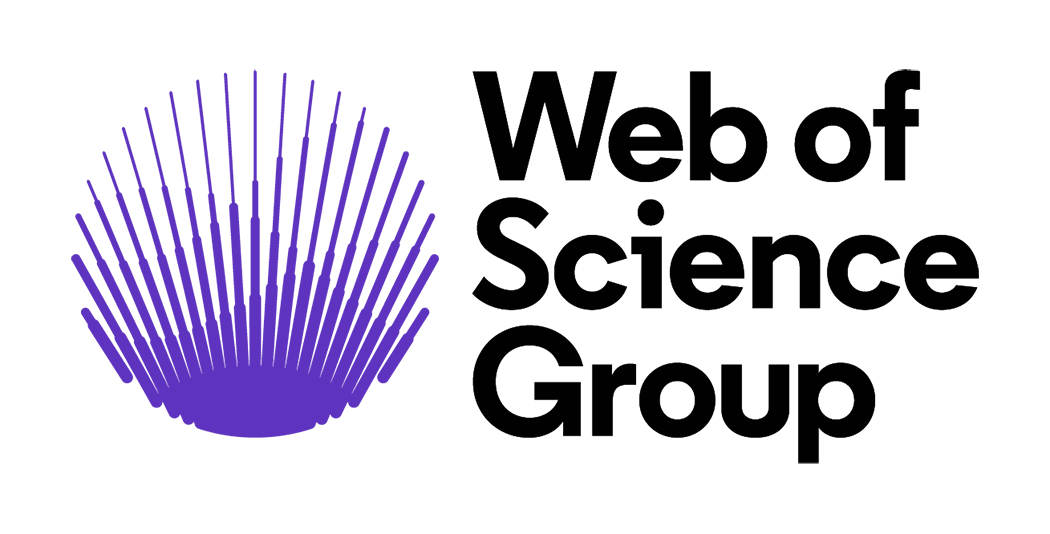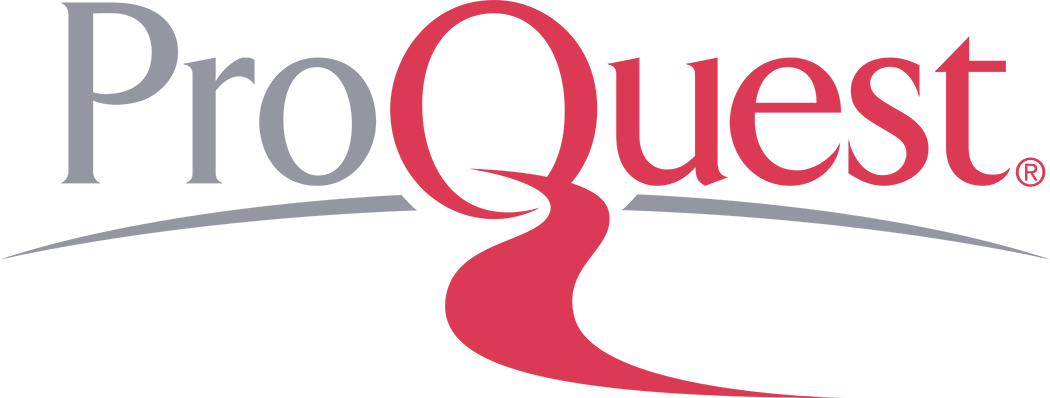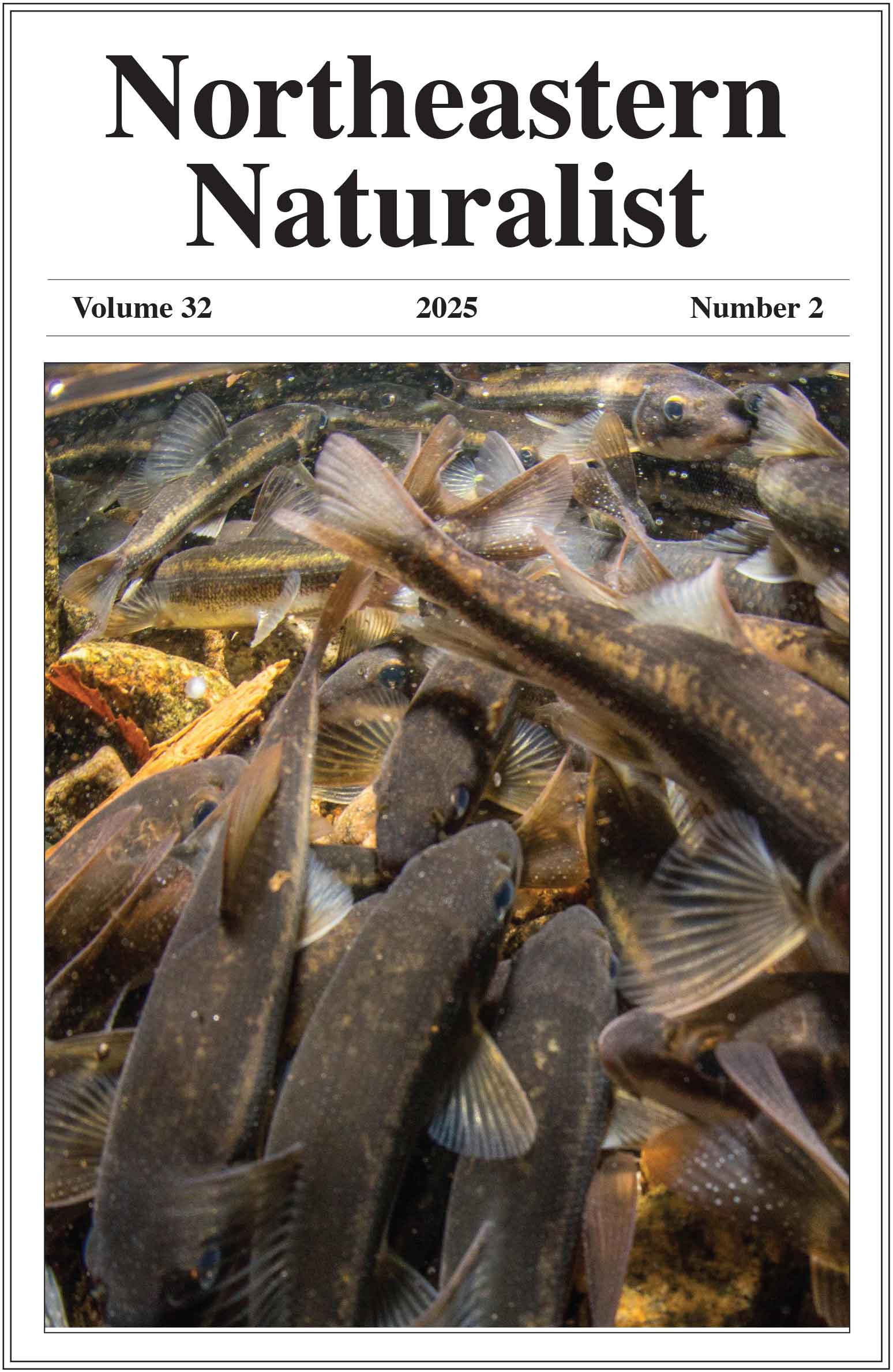Exposure to Anticoagulant Rodenticides in American Kestrels (Falco sparverius) in Kentucky, 2014–2018
Angel R. Smallwood1, Nicole M. Nemeth2,3, Kate Slankard1,*, Michael Patton1, Christine Casey1, Caitlin E. Burrell2,4, and Mark Ruder2
1Kentucky Department of Fish and Wildlife Resources, Frankfort, KY 40601.2Southeastern Cooperative Wildlife Disease Study and 3Department of Pathology, University of Georgia, Athens, GA 30602. 4Zoo and Exotic Animal Pathology Service, Infectious Diseases Laboratory, College of Veterinary Medicine, University of Georgia, Athens, GA 30602. *Corresponding author.
Northeastern Naturalist, Volume 31, Issue 4 (2024): 458–466
First published early online: 4 December 2024
Abstract
Anticoagulant rodenticides (ARs) are commonly used across the US to control rodent populations but may cause negative effects when secondarily consumed by raptors. Falco sparverius (American Kestrel) is a species of growing conservation concern due to widespread declines. We investigated AR exposure in American Kestrels by testing liver samples from 23 carcasses salvaged in Kentucky during 2014–2018. We confirmed exposure to 1 or more AR compounds in 57% of the birds examined. Rodenticides detected included brodifacoum, bromadiolone, and diphacinone. Brodifacoum was the most commonly detected AR, found in 92% of AR-positive birds. AR exposure was disparate among nestlings from 2 nests. None of the American Kestrels were diagnosed with AR toxicosis, but we found a significant association between poor nutritional condition and AR exposure. Our results indicate that secondary exposure to ARs in American Kestrels warrants more study as a potential contributor to population declines.
![]() Download Full-text pdf (Accessible only to subscribers. To subscribe click here.)
Download Full-text pdf (Accessible only to subscribers. To subscribe click here.)
Access Journal Content
Open access browsing of table of contents and abstract pages. Full text pdfs available for download for subscribers.
Issue-in-Progress: Vol. 32 (3) ... early view
Check out NENA's latest monograph and Special Issue:













 The Northeastern Naturalist is a peer-reviewed journal that covers all aspects of natural history within northeastern North America. We welcome research articles, summary review papers, and observational notes.
The Northeastern Naturalist is a peer-reviewed journal that covers all aspects of natural history within northeastern North America. We welcome research articles, summary review papers, and observational notes.